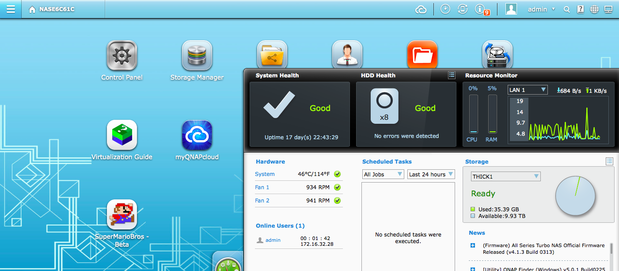
You give the auto-organise tool a string to define the structure you want, and it will go off an process all the tracks you have selected, e.g. I’d recommend you to prefix tracks with a leading-zero track number you can always remove this from the track name metadata (again, using the powerful input filename parsing of MediaMonkey). Provided your metadata is correct, you can get it to re-organise your music into sensible folder structure, and prefix each track with a track number. I’d take the last option MediaMonkey has a very useful ‘Auto-Organise’ function, that will move files using the metadata. Iii) get MediaMonkey to rename the files. I) muck about with the ‘views’ Twonky provides (see the fourth post in this thread) I just want mycloud’s default dlna twonky server to at least recognize the dsd files so that my blu-ray player might pay them via dlna instead of direct smb. I don’t need transcoding as my oppo player reads the dsd files just fine. So you’re saying that the version of twonky on the mycloud should be able to support dsd files? But for some reason it does not.
#QNAP MEDIAINFO FREE#
share/MD0_DATA/.qpkg/TwonkyMedia/resourcesįeel free to report the results of any experiments you do.

I’m guessing the directory mentioned in a couple of the links:
#QNAP MEDIAINFO FULL SIZE#
How can I get Twonky to provide full size artwork to media-playing clients? I had posted some comments on customising the Receiver Type, but never tried it myself: I’d never found the Twonky release notes before… My devices run v7.2.9, so they may support DSD. Iii) Twonky apparently added DSD support in v7.2.7. Ii) the ‘Media Receiver Type’ value has an associated setting file that may be modified. I) Twonky supports transcoding (at least on QNAP devices) There are three points of interest that I found reported: So I had a bit of a Google, and found some interesting stuff that I might investigate a bit further. Graphical user interface, command line interface, or library (.dll/.so/.I’ve never really played with the media types, because I’ve never had an issue with any of my DLNA clients all the media formats I use seem to be supported. View information in different formats (text, sheet, tree, HTML.) Subtitles: CEA-608, CEA-708, DTVCC, SCTE-20, SCTE-128, ATSC/53, CDP, DVB Subtitle, Teletext, SRT, SSA, **, SAMI.

Video: MPEG-1/2 Video, H.263, MPEG-4 Visual (including DivX, XviD), H.264/AVC, H.265/HEVC, FFV1.Īudio: MPEG Audio (including MP3), AC3, DTS, AAC, Dolby E, AES3, FLAC. Tags: Id3v1, Id3v2, Vorbis comments, APE tags. Text: format, codec id, language of subtitle.Ĭhapters: count of chapters, list of chapters.Ĭontainer: MPEG-4, QuickTime, Matroska, AVI, MPEG-PS (including unprotected DVD), MPEG-TS (including unprotected Blu-ray), MXF, GXF, LXF, WMV, FLV, Real. Video: format, codec id, aspect, frame rate, bit rate, color space, chroma subsampling, bit depth, scan type, scan order.Īudio: format, codec id, sample rate, channels, bit depth, language, bit rate. MediaInfo is a convenient unified display of the most relevant technical and tag data for video and audio files.Ĭontainer: format, profile, commercial name of the format, duration, overall bit rate, writing application and library, title, author, director, album, track number, date, duration.
#QNAP MEDIAINFO INSTALL#
Unzip, install over HDStation Menu, Enjoy


 0 kommentar(er)
0 kommentar(er)
